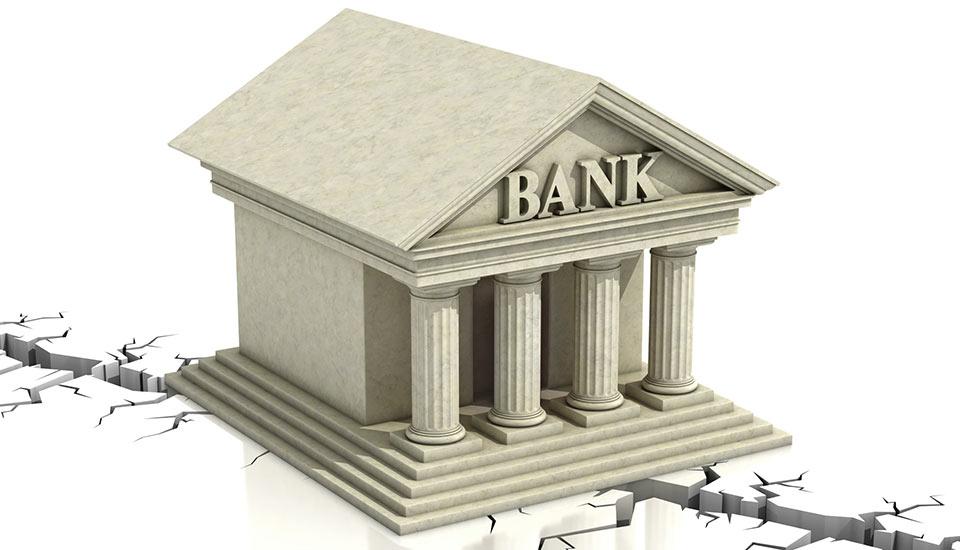LCR is the ratio of liquid assets financial institutions have to guarantee their ability to fulfill a short-term obligation. This ratio is a general stress test aiming to predict market-wide shocks. It also ensures that financial institutions have adequate capital preservation to withstand any short-term liquidity disruptions that might befall the market.
Understanding LCR
One of the most important things to learn from the Basel Accord, a collection of laws produced by the Basel Committee on Banking Supervision, is the liquidity coverage ratio, often known as the LCR. The BCBS consists of forty-five individuals who are representatives from major financial hubs all around the world. To prevent financial institutions from taking on excessive amounts of short-term debt, one of the objectives of the BCBS was to require them to have a minimum amount of highly liquid assets on hand and to keep their fiscal solvency at a predetermined level.
As a direct consequence, financial institutions are mandated to fund a level of high-quality liquid assets equal to the amount needed to cover cash outflows for one month. Only those assets with a high potential to be turned into cash simply and rapidly are qualified as high-quality liquid assets.
The number thirty was selected because it was thought that in the event of a financial crisis, a reaction to rescue the financial system from governments and central banks would normally occur within the first thirty days of the crisis. In other words, the thirty-day interval enables financial institutions to have a cash buffer if there is a rush on financial institutions during a moment of economic instability. The 30-day requirement of the LCR gives the nation's central banks, such as the Federal Reserve Bank, the opportunity to intervene and put remedial measures in place so the financial system may remain stable.
Implementation of the LCR
The LCR was first suggested in 2010, and further adjustments and approval didn't come until 2014. In 2019, the entire 100% minimum requirement will become mandatory. All financial institutions with more than $250 billion in combined assets or more than $10 billion in on-balance-sheet overseas exposure are subject to the liquidity coverage ratio. These financial institutions, sometimes known as SIFIs, are obliged to have a 100% LCR. This mandates that they keep an amount of highly liquid assets that are either equal to or higher than their net cash flow throughout a 30-day stress period. Cash, Treasury bonds, and corporate debt are some examples of assets that are very liquid.

Comparison of the LCR to Other Liquidity Ratios
A category of financial measures known as liquidity ratios is used to ascertain whether or not a business is in a position to satisfy its existing financial commitments without resorting to the solicitation of additional funding from other sources. The current ratio, the quick ratio, and the operating cash flow ratio are the three measures that are used in the computation of liquidity ratios. These ratios are used to determine a company's capacity to meet its financial obligations as well as its margin of safety. To determine whether or not short-term obligations can be covered in the coverage of an emergency, current liabilities and liquid assets are compared to one another.
The criteria that banks must meet to meet the liquidity coverage ratio is to retain a quantity of high-quality liquid assets sufficient to fund cash withdrawals for thirty days. A company's capacity to satisfy its short-term financial commitments is evaluated using liquidity ratios, which function in a manner very similar to that of the LCR.
Limitations
One of its drawbacks is that the LCR mandates that banks keep more cash on hand. This might also result in fewer loans being sent to individual borrowers and companies. One may argue that if banks make fewer loans, it could lead to slower economic development since businesses that rely on access to debt to fund their operations and expansion would not have access to cash if the amount of loans issued by banks is reduced.

On the other hand, another drawback is that we won't know until the next financial crisis whether or not the LCR offers enough of a financial cushion for banks or whether or not it is inadequate to fund cash withdrawals for thirty days. This information won't be available until the next crisis. The LCR is a stress testing to ensure that financial institutions have enough capital to weather any short-term interruptions in the flow of liquidity.




